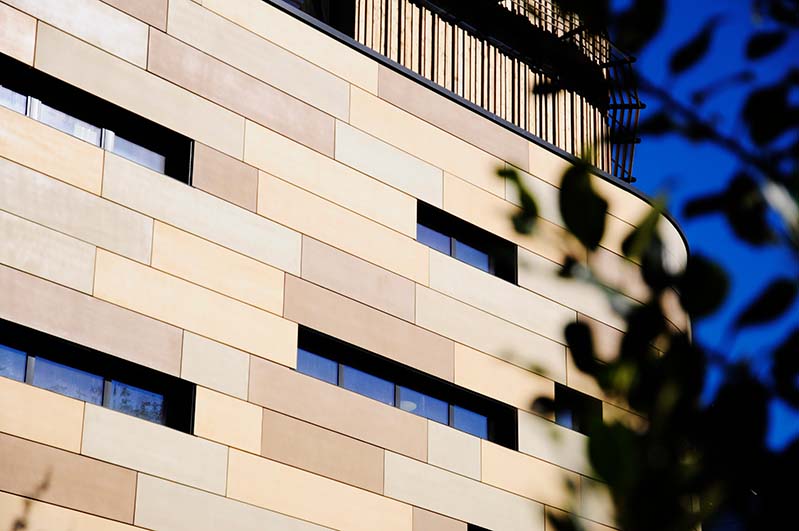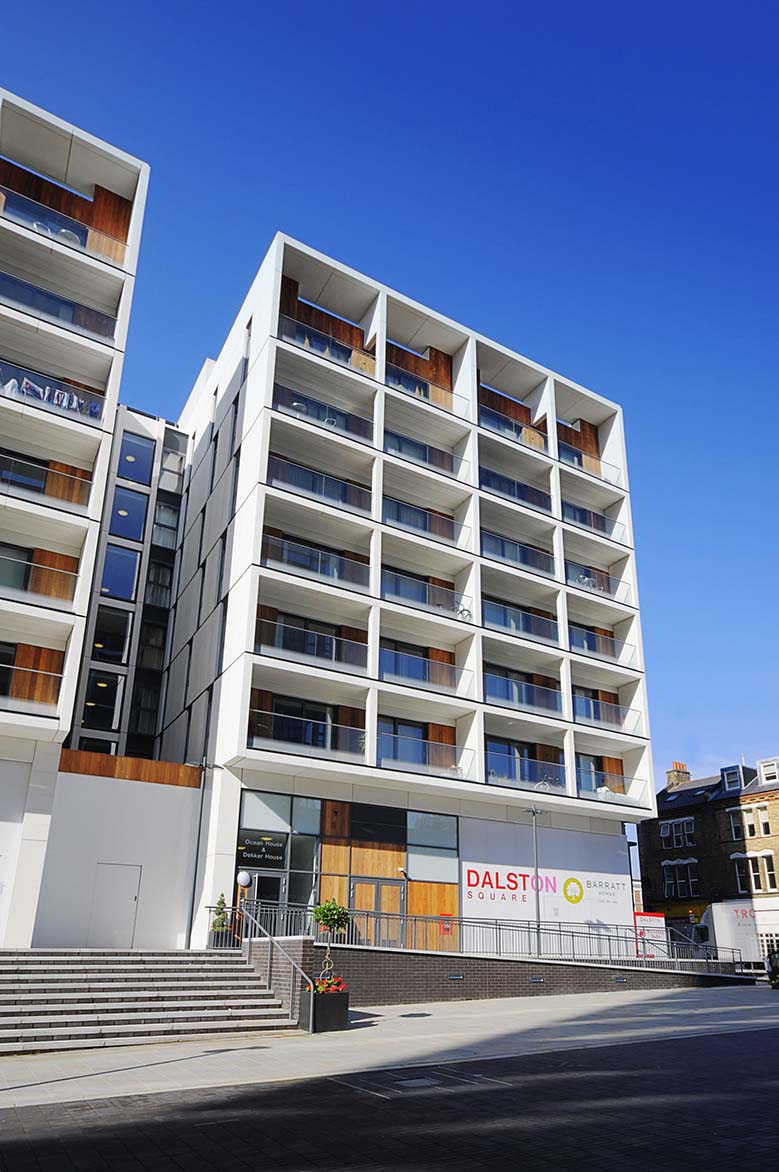Glassfibre Reinforced Concrete (GRC)
What is GRC?
GRC is an acronym for Glassfibre Reinforced Concrete. It is sometimes also referred to as GFRC (Glassfibre Reinforced Concrete). GRC is a highly innovative construction material that is now commonly used to form exterior glassfibre reinforced concrete cladding panels, GB Architectural’s specialist field.
What is GRC made of?
GRC is composed from high-strength, alkali-resistant glass fibres embedded within a concrete matrix. The fibres act as the principal load-carrying component, while the surrounding matrix keeps them in position, and transfers load between the fibres. Both fibres and matrix are capable of retaining their physical and chemical identities, while combining their properties to create a high-performance composite.
Here at GB, we are one of Europe’s leading Glassfibre Reinforced Concrete cladding suppliers.
What is GRC used for?
GRC panels are often used as a lightweight cladding system, and can be made to look almost identical to natural stone, which adds to its appeal as a construction material. Installation is faster, easier and more cost-effective due to the lower weight of the panels, which are approximately 80% lighter than corresponding pre-cast steel reinforced concrete cladding equivalents.



Why choose GRC?
GRC has a number of benefits as a construction material. This ranges from its flexibility within design options, its hardwearing nature and the lack of necessity for ongoing maintenance. As one of the leading Glassfibre Reinforced Concrete suppliers in the UK, GB Architectural Products are happy to further advise on the benefits of the material, and welcome any enquiries. Alternatively, you can learn more about the benefits here.
Is glass fibre concrete reinforcement environmentally friendly?
The BRE Environmental Assessment Method, the BREEAM Green Guide to Specification, first published in 1996 offered an easy guide to the environmental impacts of building materials based on numerical data established within their Environmental Profiles Methodology. By the time it reached its 4th Edition in 2009, it was based on over 1600 specifications for six generic types of building:
- Commercial
- Educational
- Healthcare
- Retail
- Domestic
- Industrial
Environmental performance rankings were established ranging from the best, A+, down to the worst, E. These were evaluated on the overall environmental impacts using data that assessed climate change, water extraction, mineral resource extraction, stratospheric ozone depletion, human toxicity, ecotoxicity to freshwater, nuclear waste, ecotoxicity to land, waste disposal, fossil fuel depletion, eutrophication, photochemical ozone creation, and acidification.
The BREEAM Green Guide to Specification identified Glassfibre Reinforced Concrete as A+